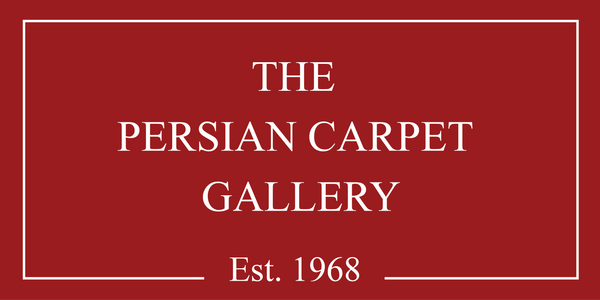Unsure about purchasing a rug online? Try it at home for FREE!
We understand that choosing the perfect carpet from just the images can be challenging. If you're unsure about your choice, simply send the SKU or the link of the carpet to info@pcgaustralia.com or call 1800 2000 28 and we'll make things easier for you with a free home trial Australia-Wide.
Persian Qum Silk
Stock No. SY-100-001368
Size(m): 2.00×1.35
This handmade carpet has a floral garden pattern with brilliant combination of colours and designs.
An amazing aspect of this carpet is the predominance of the colour blue. Blue is a tranquil color designed to bring people a sense of inner peace. In many cultures, blue is also strongly associated with trust and loyalty. After red and beige, blue is one of the most common colors used in Persian rugs.
Gardens play a significant role in Persian culture.
In the Garden and Panel Design, the weaver creates several gardens, with each garden enclosed within a rectangular or square panel.
The Garden and Panel designs emphasize the complexity and beauty of a garden filled with a variety of flowers, shrubs, trees, and other botanicals.
The profound impact of this carpet is heightened by the propitious bodeh motif, symbolizing fertility and continuity in life.
The boteh motif often takes the form of teardrop, flame, or pine cone shapes, arranged in a repeating, all-over pattern throughout the rug. As a representation of growth and renewal, the boteh design not only adds aesthetic appeal to Persian rugs but also carries a profound cultural meaning cherished by rug weavers.
The boteh pattern, is a significant and intricately beautiful design element found in Persian carpets and various forms of textile art around the world. Its history is as rich and diverse as the cultures that have embraced and contributed to its evolution over centuries.
Description of the Boteh Motif
The Boteh motif resembles a teardrop or a stylized floral and cypress tree hybrid. It is characterized by a curved, elongated form with a pointed tip at one end and a wider, curved base at the other, often with a small inward notch creating a kind of 'heart' shape. Inside the motif, intricate patterns can include floral elements, spirals, and abstract forms, showcasing the weaver's skill and the rich tradition of Persian decorative arts.
Symbolism and Interpretation
The Boteh motif is deeply symbolic, though interpretations of its meaning vary. It is often seen as a symbol of life and eternity, representing the cypress tree, a Zoroastrian symbol of life and eternity. The motif's flame-like appearance can also signify divinity and the eternal flame, aligning with themes of rebirth and immortality. In the context of Persian carpets, these motifs are not only decorative but also carry profound meanings, connecting the material to spiritual realms and the cosmos.
Evolution and Influence
Originating in Persia (modern-day Iran), the Boteh motif dates back to the Sassanian Empire (224-651 AD) and has evolved through various cultural, historical, and artistic influences. It became widely popular in the West during the 18th and 19th centuries, notably through imported shawls and textiles, where it was eventually dubbed "paisley" after the Scottish town famous for producing textiles featuring this design.
The motif has transcended its origins to become a global symbol of luxury and exoticism, adorning everything from fashion to interior décor. Its adaptability and the richness of its interpretations speak to the enduring appeal of patterns that carry deep historical and cultural significance.
In Persian carpets, the Boteh motif can be found in various forms, from singular, focal designs to repeating patterns that cover the entire field of the rug. The intricacy of the design, along with the color and the quality of the craftsmanship, contributes to the beauty and value of the carpet, making pieces featuring the Boteh motif highly sought after by collectors and enthusiasts alike.
In Contemporary Culture
Today, the Boteh motif continues to inspire artists, designers, and craftsmen worldwide, serving as a bridge between traditional craftsmanship and modern aesthetic sensibilities. Its rich history and symbolic depth offer a fascinating glimpse into the cultural exchange and artistic innovation that textiles and patterns can embody.
The Boteh motif’s beauty lies not only in its visual appeal but also in its capacity to carry complex meanings and connect diverse cultures through the language of design.
In Persian culture, gardens play a pretty significant role, each of these gardens is supposed to represent a perspective into paradise, and it's supposed to represent the weaver's hope and belief in a bright future. Each of the panels have different background colors.
Make a statement with your floors – this carpet isn’t just a purchase; it’s a commitment to unparalleled beauty.


